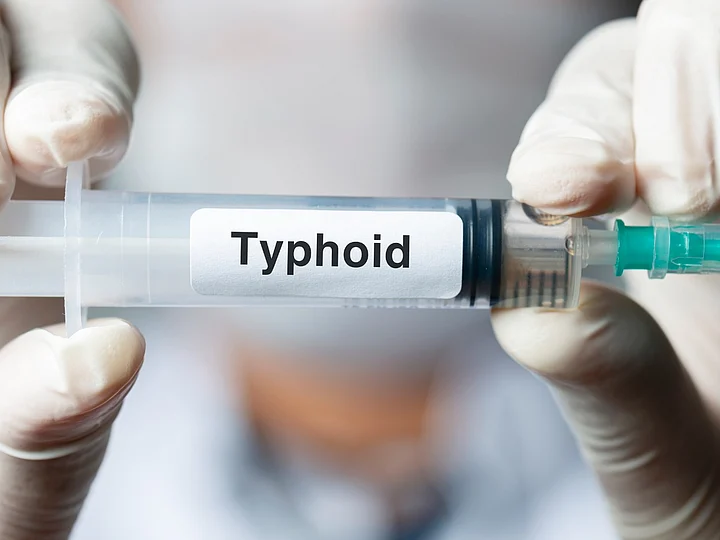According to the doctors of Mayo Clinic, Salmonella typhi is a type of bacteria responsible for typhoid fever and this condition rarely affects people in developed countries. It is a concerning health condition for people in developing countries, especially children.
Typhoid fever can be caused due to consumption of contaminated food and water or close contact with a person who is already infected by typhoid fever.
In this article, we have a quick look at the causes, symptoms, diagnosis, risk factors and treatment for typhoid fever.
Typhoid Fever: Symptoms
People will not experience symptoms of typhoid fever easily since it gradually affects the infected person and it takes one to three weeks for the disease to appear in the form of signs and symptoms. According to UK NHS, these are a few common signs and symptoms:
Fever that starts low and increases slowly
Headache
Weakness and fatigue
Muscle aches
Sweating
Dry cough
Loss of appetite
Weight loss
Diarrhea or constipation
Rashes
Swollen stomach
Exhaustion
Typhoid Fever: Causes & Risk Factors
Typhoid fever is caused when a person gets infected by the dangerous bacteria called Salmonella typhi. It is the same bacteria that can cause salmonellosis, a serious intestinal infection that is not related to typhoid fever.
According to the doctors of Cleveland Clinic, typhoid bacteria is also picked up by people while traveling and once a person gets infected, they can easily spread the disease to others through the fecal-oral route.
This means that Salmonella typhi can be found in the faeces and urine of infected people. Food and water handled by an infected person increase the risk of spreading typhoid fever if others eat it or are in closer contact.
Here are a few risk factors that increase the chances of getting infected by typhoid fever:
Working in or traveling to areas where typhoid fever has spread or is spreading.
If a person works as a clinical microbiologist and handles Salmonella typhi bacteria quite often.
Getting in close contact with people who are infected or have been recently infected with typhoid fever.
People who drink water that gets polluted by sewage that may contain typhoid-causing bacteria called Salmonella typhi.
Typhoid Fever: Diagnosis
According to PubMed, firstly the healthcare provider will perform a physical examination and discuss your symptoms. A person infected with Typhoid fever will show:
A high number of white blood cells in the complete blood count (CBC) test.
A blood culture will show the presence of S typhi bacteria if you get tested within the first week of feeling unwell and feverish.
Other tests that can help diagnose this condition include:
ELISA blood test to look for antibodies to the S typhi bacteria
Fluorescent antibody test to look for substances specific to S typhi bacteria
Platelet count, a person infected with typhoid fever will have low platelet count.
Stool culture
Typhoid Fever: Treatment & Management
When typhoid fever is diagnosed in its early stages, your doctor may recommend a course of antibiotic tablets that will have to be taken for 7 to 14 days.
Few strains of the Salmonella typhi bacteria may have developed a resistance to one or more types of antibiotics.
Blood, stool, or urine test will help the doctor know which strain of bacteria may have infected you to prescribe the antibiotics accordingly.
The symptoms related to typhoid fever improve within 2 to 3 days of taking antibiotics but a patient must finish the course to ensure the bacteria are completely removed from the body.
Typhoid patients need ample rest, need to drink plenty of water, and eat at short intervals. A number of smaller meals are better than three large meals.
Patients will have to wash their hands regularly to avoid the spread of harmful bacteria to other parts of the body.

